Sumatra is isolated. A few scattered cities surrounded by some of the world’s last primary rainforests. An Indonesian island visited only by intrepid travelers and animal enthusiasts. We happen to be a little bit of both.
On this massive island travel between cities is slow going. Unless you plan to stay for weeks at a time I would recommend sticking to one region. West Sumatra and North Sumatra have the majority of the natural landscapes and rainforests that draw in tourists. The West has waterfalls and placid lakes tucked into green jungle hikes and the North…orangutans.
So we hopped a plane from Java, Indonesia & flew into the charmless city of Medan. All for a chance at seeing one of the world’s last great orange apes.
Orangutans are disappearing along with the rainforests they live in at a rapid rate in today’s world. Palm oil farms and the money that comes with them are seen as more valuable than an entire intelligent species. Only 5,000 Sumatran orangutans exist in the wild today and with the help of one of the ethical trekking agencies in Bukit Lawang, you have a chance to see them.
Medan
When planning your own Sumatra Orangutan trek this will be your starting point. There is no way around Medan.
Quite possibly my least favorite city in all of Indonesia. But even with the mounds of burning garbage and raw dead chickens being sold atop live chickens, we found some things to like.
The locals.
The locals in this polluted trash bin of a town made up for that. We were met with kindness, consideration, and gifts pretty much everywhere we went. And although the city of Medan itself has little to no appeal to travelers it’s the only airport in Northern Sumatra.
Medan sits about a 2-hour bus ride from Bukit Lawang. Home of the orangutans. You basically have three options to transport you between the cities. Unlike much of the rest of Indonesia, there didn’t seem to be an abundance of motorbike rentals.
- Local Bus. Anytime before 1 PM take the local bus for 35k or around $2.50USD/person.
- Tourist Bus. Runs until 5 PM and costs 190k/person.
- Private Car. 650k total. Can be arranged at pretty much anytime.
For most budget-conscious travelers the local bus is clearly the way to go. The bus isn’t air-conditioned and can be quite a bumpy ride, but if it’s not completely full it’s not entirely uncomfortable.
Bukit Lawang
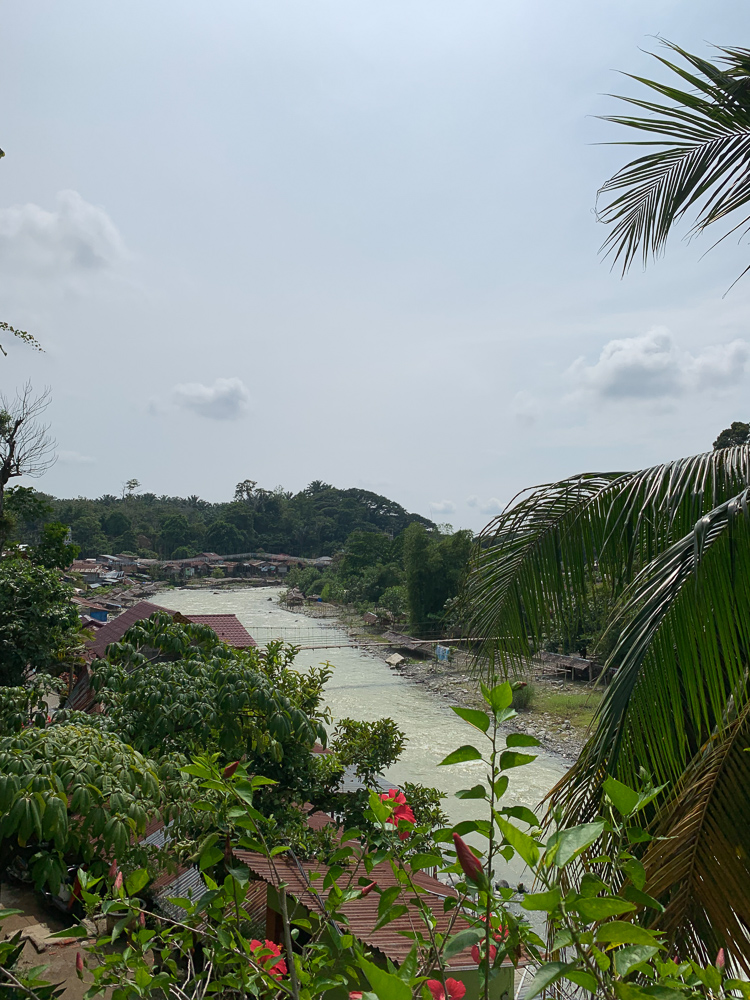
Bukit Lawang is a jungle town built around a crisp blue mountain river. It’s the home base for pretty much all trekking in the area. Previously an orangutan rehabilitation center operated in the area releasing human-socialized orangutans back into the primary rainforests of Gunung Leuser National Park.
Now there is a small population of semi-wild (rehab orangutans) and wild orangutans that live inside the protected forest. The semi-wild don’t fear humans as much and are often easier to spot. Some will even come out of the trees and try to touch you.
This behaviour is strongly discouraged because humans can pass viruses along to the orangutans. And because orangutans are unpredictable and 7 times as strong as a human. Because of this if a semi-wild orangutan approaches you, a good guide will lead you away. “Meena” a spoiled mama orangutan from the rehab center makes a point to come seek out pale-skinned travelers. She can cause alot of problems if she gets ahold of you or your bag.
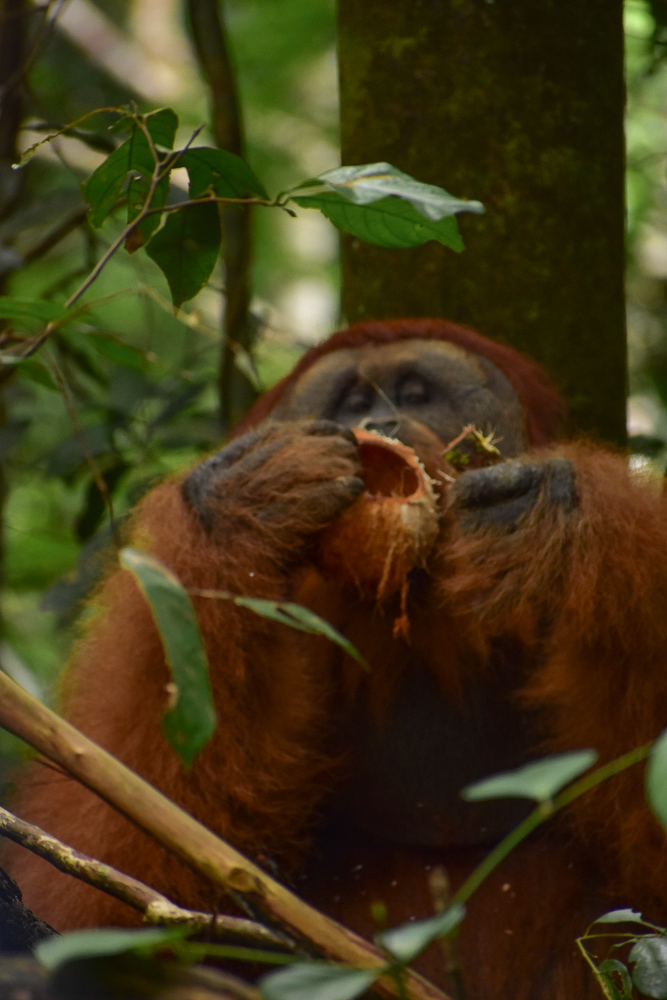
Our first encounter with a wild Orangutan 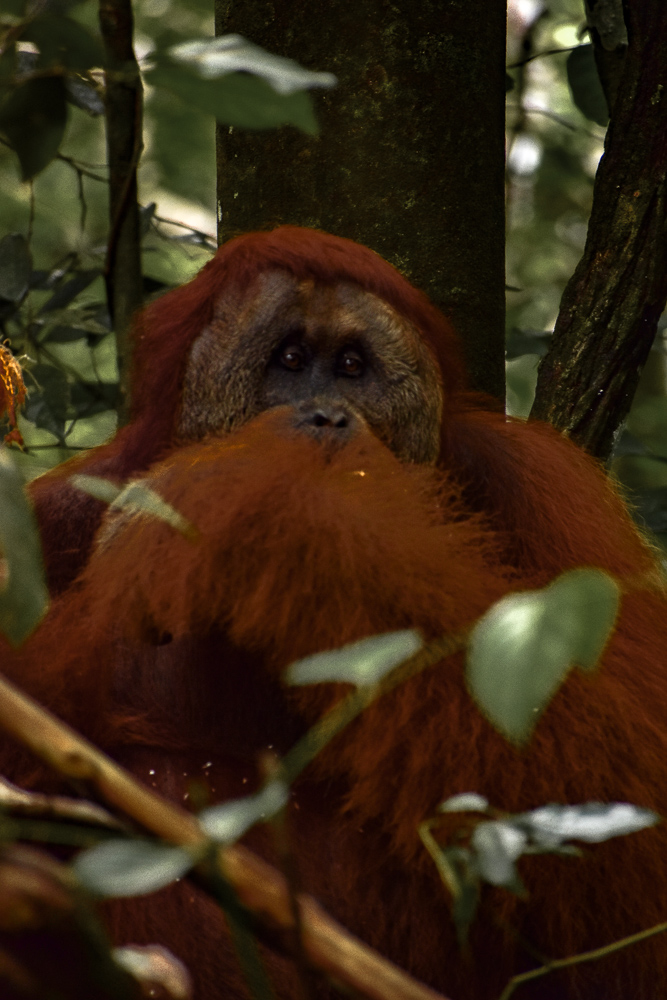
If you’re lucky enough to spot a wild orangutan, they probably won’t stick around for long.
When you first arrive in Bukit Lawang you’ll be greeted by plenty of touts encouraging a stay at their hotel & trekking agency. But not all tours are created equal.
Why You Should Book with Sumatra Orangutan Explore
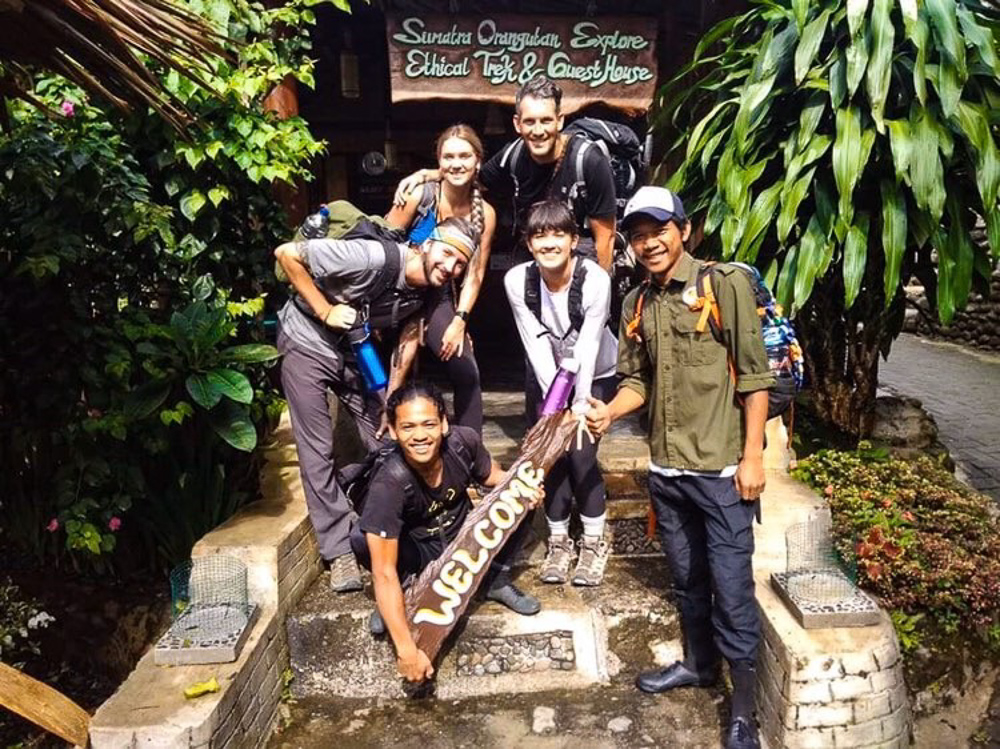
Eco-friendly, animal-centered, English-speaking, locally run, and actively involved in the community of Bukit Lawang- what more could you ask for?
Sumatra Orangutan Explore was the best. I seriously cannot recommend them enough. If you’re planning your own Sumatran Orangutan Trek check out their website.
They have very strict rules for trekking in the national park so that the animals and ecosystems remain unharmed and all their guides are highly knowledgeable locals. Not only did they seem to know the jungle paths by heart but we got to learn a ton about plant and animal life in the rainforest.
They helped us locate many semi-wild orangutans, but several wild orangutans, white-handed gibbons, Thomas’s Leaf Monkeys, Long-Tailed Macaques, Pig-Tailed Macaques, and many other jungle critters as well.
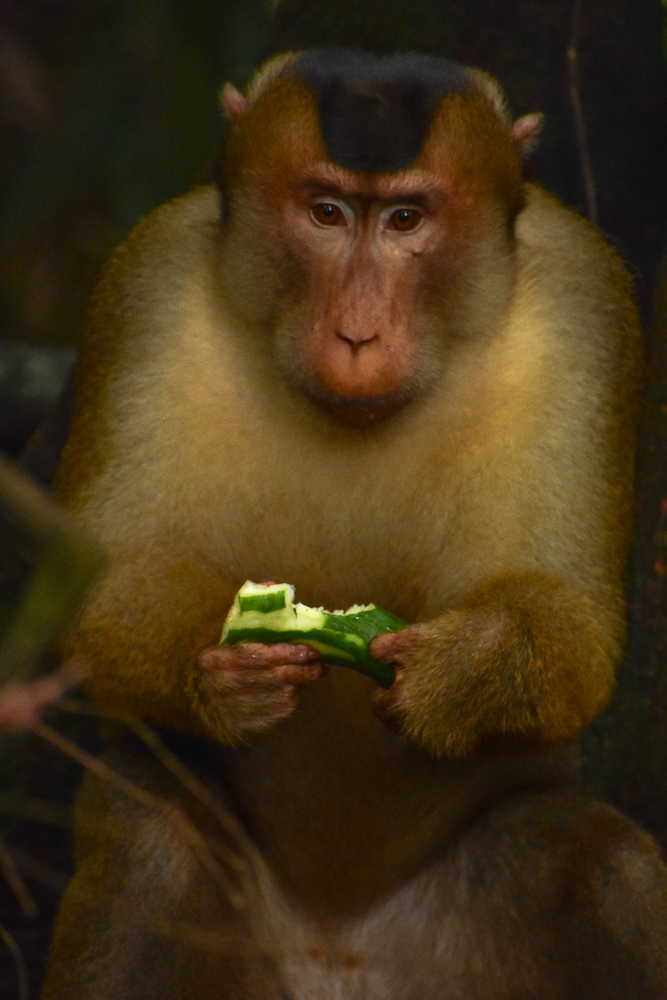
Pig-Tailed Macaque 
White-Handed Gibbon 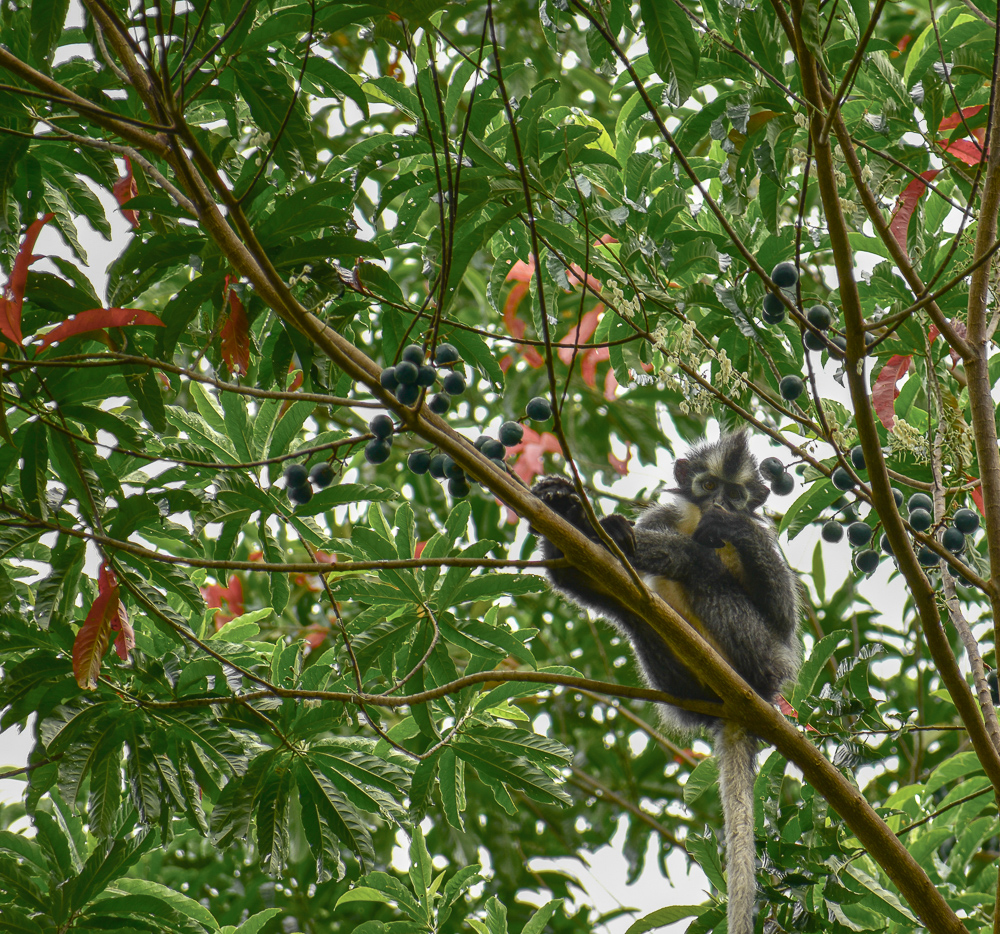
Thomas’s Leaf Monkey
The guides taught us all about the rainforest. We learned about the Rubber tree plantations and how the rubber is harvested as well as traditional medicinal herbs & bark still used to treat ailments today.
As for their guesthouse and restaurant in Bukit Lawang, we had zero complaints. We stayed in their budget guesthouse overlooking the river. It faces the lush wall of jungle and sometimes if you’re lucky you can spot orangutans, monitor lizards, and otters straight from your balcony.
We did a 2 day/1 night trek but they offer everything from day hikes to 5-day expeditions in the rainforest. And as a bonus, if you trek with them you get a discount on your room rate.
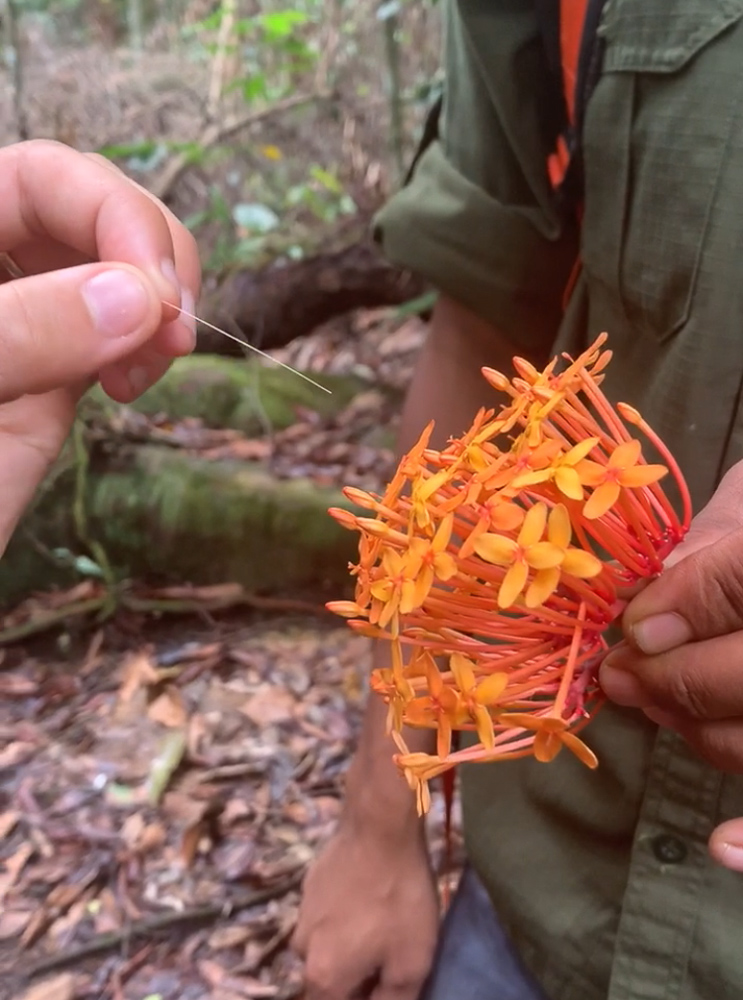
Medicinal “needle flower”. Petals can be used to treat bee stings. 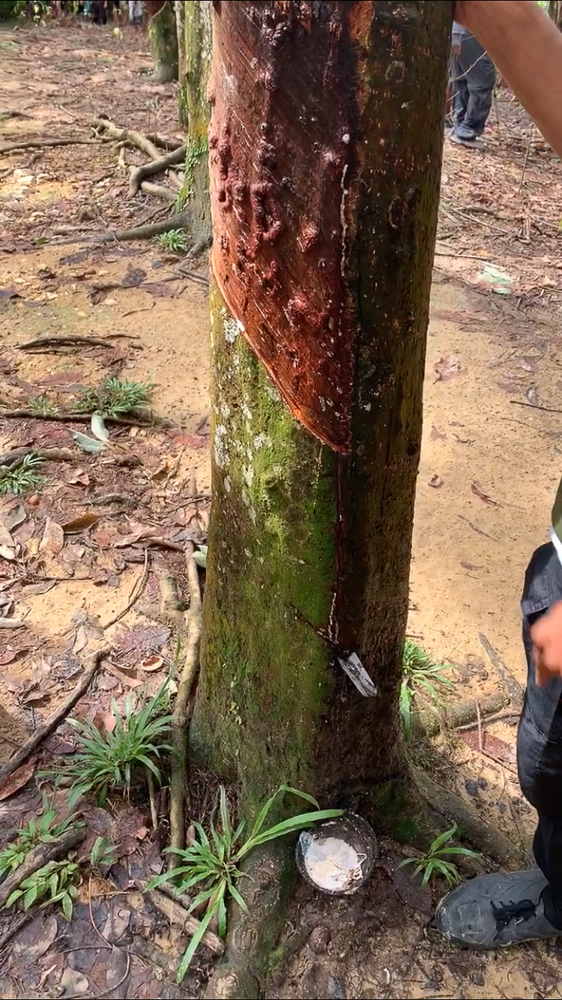
Extracting rubber from the rubber tree.
We chose this company because I felt like they actually cared about the rainforest.
Their guides knew the orangutans by name and they picked up trash that other groups left behind. Because they knew the jungle so well they were able to take us off the main trekking paths into lesser-visited areas where we were MORE likely to spot the wild primates.
And once we reached the camp, the guides continued to entertain. They taught us jungle brain games involving matchsticks and magic tricks. They shared dinner with us and goofed around, treating us like long-time friends.
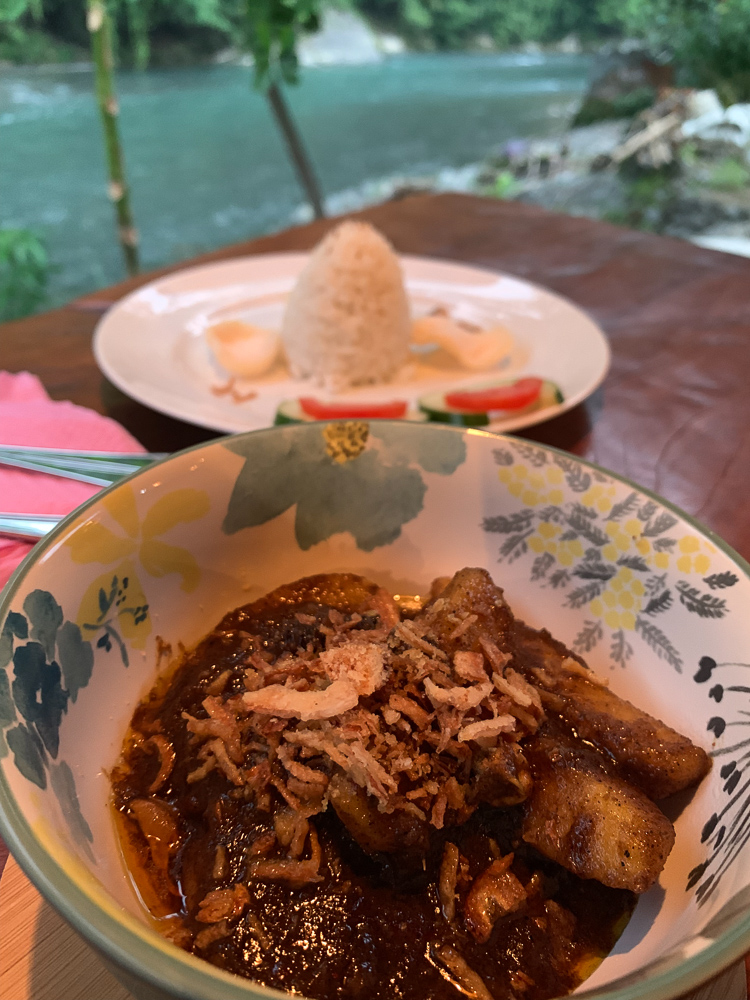
Potato Rendang. A Sumatran staple. 
Our jungle lunch. Nasi Goreng after a long hike. 
Some early morning visitors.
The entire experience was exactly what we were looking for. Authentic, rugged, and just the right amount of challenging.
As far as cost goes…it was also one of the cheapest TRULY eco-friendly groups we found. You can spend less on a trek, but they likely aren’t going to provide the same care for the jungle. Or follow the strict rules of the National Park.
Although we are budget travelers through and through, there are some things we choose to spend a little bit extra on. Ethical animal encounters and ethical jungle trekking are SO IMPORTANT. The rainforests and exotic animals in them are fragile and extra care should be taken to protect them.
Helpful Tips for Your Sumatra Orangutan Trek
- You will benefit from real hiking boots. The rainforest floor is slippery & tree roots are a real hazard.
- Don’t wear clothes you care about. Duh. I was drenched in sweat after the first hour.
- You could benefit from bringing a raincoat & an extra set of clothes (from all the sweat).
- Leeches are everywhere. Wear tall socks over your pant leg and keep an eye out. Long sleeves help to keep them from attaching as well.
- Don’t forget to bring bug spray and an extra-large water bottle. The hike is pretty intense if you’re not used to humid conditions. You’ll need the extra fluids.
- There’s no ATM in Bukit Lawang. Make sure you bring plenty of cash to pay for your trek and extra for lodging and food. We wish we could have stayed longer but we ran out of cash & had to return to Medan.
- Learn from us and plan to stay a day or two aside from the trek itself. After a long few days of hiking, it was nice to unwind by the river and explore the quaint little town.
5,000 Orangutans
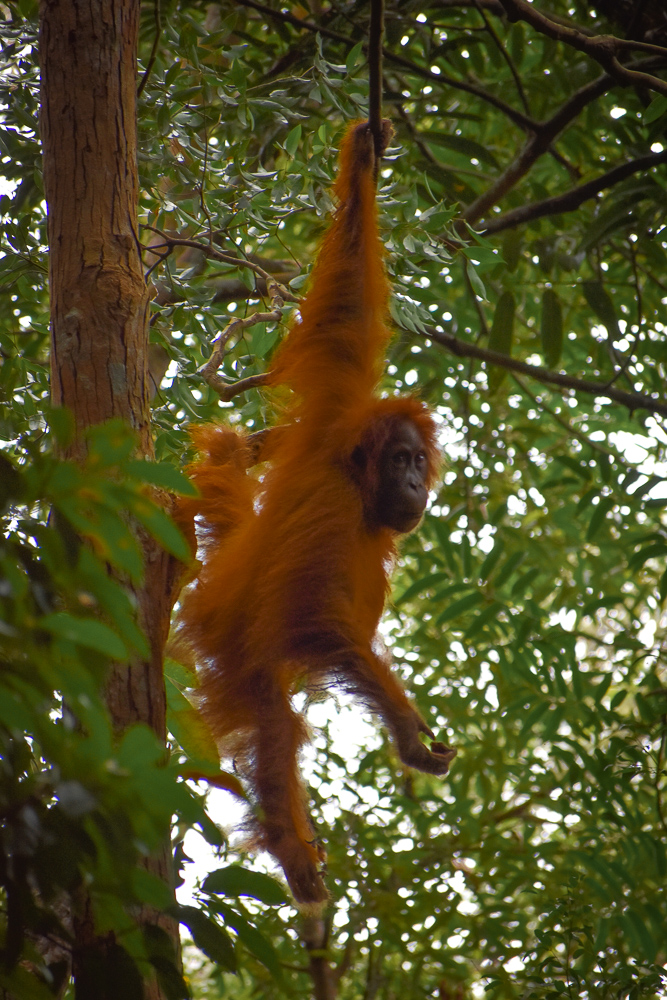
Our trek was everything we imagined it would be. It was the sweatiest muggiest hike of my life, but all that fades away as soon as you see the first hairy orange ape swinging in the tree. Often it was just us and a few orangutans studying us as we studied them.
As their habitat fades orangutans will continue to encounter humans. Unfortunately, there is little we can do about Indonesia’s massive deforestation. As you ride the bus into Bukit Lawang you’ll pass the massive Palm Oil plantations that Indonesia continues to create.
Currently, there are only 5,000 Sumatran Orangutans left in the wild. At this rate of deforestation, they predict only 5 more years until that number could be at zero. But Bukit Lawang is trying.
National Park Rangers have crafted large cement cylinders around the boundaries of the park so that farmers cannot sneak in at night and move the signage to claim more land. More and more eco-friendly trekking is becoming available. Sustainable palm oil is becoming an option.
Palm oil will never be completely sustainable. And the current sustainability laws aren’t actively enforced by anyone. It’s up to each individual business to hold themselves to the RSPO (Roundtable on sustainable palm oil) agreements. Which has led to a lot of inaction with a majority of the larger corporations where the switch would be costly.
Here are some ways you can help save the orangutans.
- Consume less palm oil. It’s in everything. But making a conscious decision to be more thoughtful about what you purchase is important.
- Purchase RSPO certified palm oil products. They have “committed” to making changes in how they farm palm. Right now, it’s the only standard we have for holding businesses accountable.
- Buy FSC certified products. The forest stewardship council is committed to saving the last of the world’s remaining jungles & forests, including orangutan habitats.
- Visit Bukit Lawang & support an eco-friendly trekking agency like Sumatra Orangutan Explore. Your Sumatra Orangutan Trek is a direct contribution to those who are on the front lines every day with the orangutans. Education is important & these groups will help people see the direct effects we are having on our rainforests.


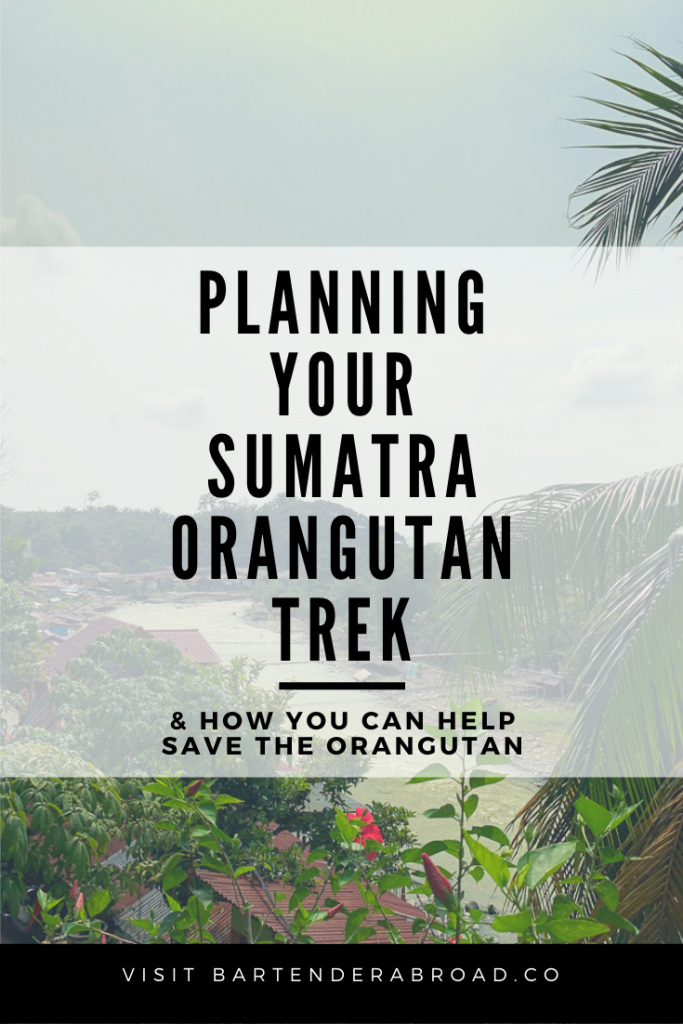
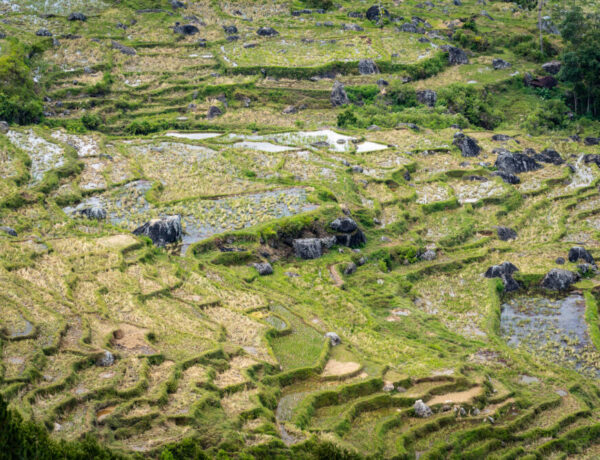

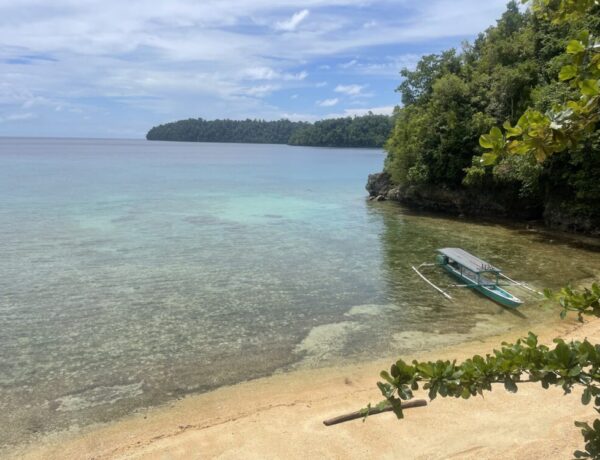


7 Comments
Happy Elephants: Your Guide to Visiting Truly Ethical Elephant Sanctuaries
November 28, 2019 at 5:32 am[…] Trekking with the Last of the Sumatran Orangutans […]
The Less Touristy Guide to Georgetown, Malaysia - Bartender Abroad
December 23, 2019 at 6:16 pm[…] out my guide on trekking with wild orangutans in Sumatra to get […]
Over-Tourism: How it's Affecting Our Planet - Bartender Abroad Visit BartenderAbroad.co
March 27, 2020 at 11:14 pm[…] Get up close to some Orangutans in the jungles of Sumatra […]
My List of Non-Fiction Books to Inspire Adventure Travel •
May 12, 2020 at 7:41 am[…] book inspired our journey into the Sumatran jungles in search of Orangutans […]
What to Learn Before Your Trip to Indonesia - Tripscholars
April 4, 2021 at 4:54 pm[…] Borobudur, the belching sulfur mines of Ijen, and the innovative street food scene of Yogyakarta. Or trekking through the jungles of Sumatra in search of wild orangutans, summiting the smoldering active volcanoes, and exploring the idyllic beaches and colorful […]
How Much To Save Before You Quit Your Job To Travel? | Frugal Frolicker
January 12, 2022 at 4:01 am[…] big bucket list activities – e.g. Getting scuba certified, Hiking to Everest Base Camp, Trekking with Orangutans in the Sumatran Jungle, or riding the length of the Trans-Siberian Railway… all the activities you know you want to […]
What to Learn Before Your Trip to Indonesia - Trip Scholars
May 11, 2024 at 7:00 am[…] Borobudur, the belching sulfur mines of Ijen, and the innovative street food scene of Yogyakarta. Or trekking through the jungles of Sumatra in search of wild orangutans, summiting the smoldering active volcanoes, and exploring the idyllic beaches and colorful […]